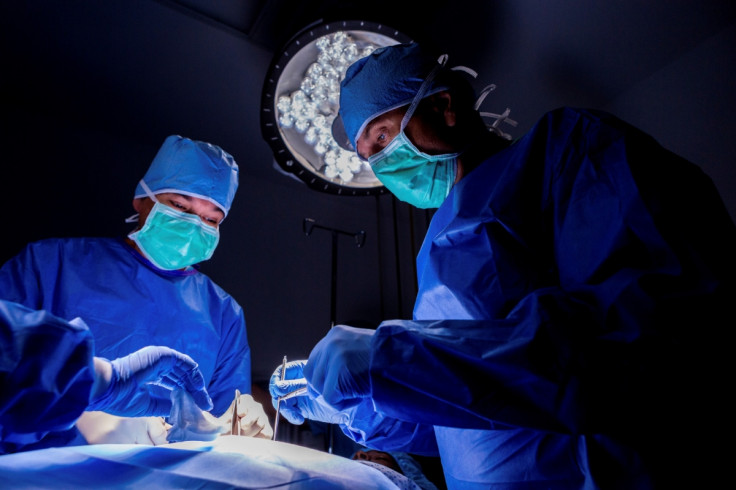Genital cosmetic surgery on the rise among adolescent girls in US

The American College of Obstetricians and Gynaecologists has warned health professionals of a new trend among adolescent girls - genital cosmetic surgery. The experts worry that an increasing proportion of young girls now turn to doctors in the hope of having a part of their external genitals removed, a procedure known as "labiaplasty".
While the phenomenon is far from common, annual data published by the American Society for Aesthetic Plastic Surgery reveal it certainly is on the rise. In 2015, 400 girls, aged 18 and younger, had cosmetic genital surgery, a rise from the 222 girls in 2014. Adolescents now represent 4.6% of all patients who underwent labiaplasties in the US last year.
Set of guidelines
In a document published by its committee for adolescent health, the American College of Obstetricians and Gynaecologists set out a list of recommendations for professionals, to help them address these kind of requests, with an emphasis put on counselling and explaining the different phases of "normal" sexual development, to reassure patients.
Assessing the psychological state and maturity of the teenager, before coming to any decision regarding surgery, is also crucial, states the document. In particular, gynaecologists should check for any signs of body dysmorphic disorder (a psychological disorder in which a person becomes obsessed with imaginary defects in their appearance) and refer the patients to mental health specialists if they suspect any problem.
The committee also notes that peer or family pressure can influence the teens, so even more than for adults, an in depth review of motivations should be carried out. "Adolescents who request to have plastic surgery typically have different goals compared with adults seeking these procedures, such as a desire to "fit in" as opposed to being distinctive", the experts write.
Just like any types of plastic surgery, labiaplasty should come as a last solution after trying measures such as supportive garments, formfitting clothing, or arrangement of the labia minora during exercise. Then, "if emotional discomfort or symptoms persist, then surgical correction can be considered".
A real discomfort
The committee does, however, recognize that many women who have gone through the procedure have not done so for aesthetic purposes alone. They often experience physical discomfort and emotional distress at having what they see as a "large", "asymmetric" or "highly visible" labia minora.
Interviewed on the Pourquoi Docteur website, Marie - a young woman who underwent a labiaplasty last October - explained how she used to be unable to look at herself in the mirror when she was naked, because she hated the way her genitals looked. She also reported feeling a real discomfort and irritations during sexual intercourse. "I could not go on like this, it was so ugly. I am so happy to have had the operation, it changed my life. I would recommend it to any woman, young or old, who has an labia minora anomaly, like me",
One of the problems with this type of surgery is there are no common guidelines about what she describes as an anomaly. "Despite increased awareness and focus on the appearance of the external genitalia, no consensus on the definition of labial hypertrophy or criteria for surgical intervention has been established", the committee points out in its document.
The only way to proceed is to therefore work on a case-by-case basis, carefully assessing the needs and risks for each patients, especially if they are under 18 and have not finished puberty. "It is important that the obstetrician–gynaecologist be equipped to discuss normal sexual development, the wide variability in appearance of the breast and genitalia, nonsurgical treatment options, and autonomous decision making", the experts conclude.
© Copyright IBTimes 2025. All rights reserved.






















